Tired of your iPhone constantly warning you that you are about to run out of space to store your photos and videos, forcing you to delete prize photos?
Anyone with lots of multimedia stored on their phone has likely experienced this problem, possibly when trying to download a new app.
Fortunately, there are two solutions that are already available on your phone.
One of them is temporary, but the other is permanent.
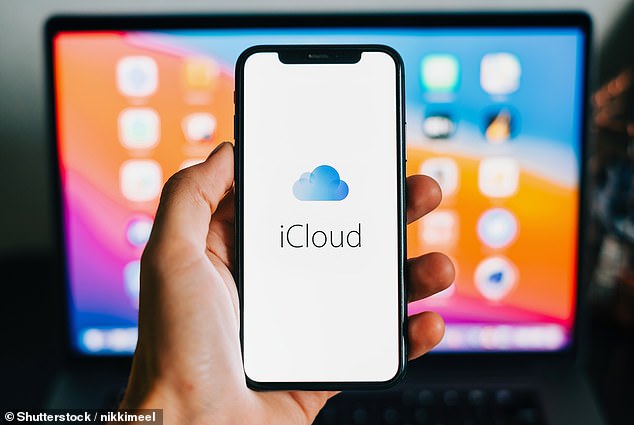
These two tricks to freeing up space on your iPhone both involve offloading storage to iCloud, Apple’s cloud storage program.
1. Optimize your iPhone photo and video storage
This is a permanent strategy you can use to keep all your family photos, text message screenshots, and other precious memories.
Rather than deleting them, you can ‘optimize’ them.
Each time you take a photo or video, your iPhone stores it as a high-resolution file. These files, in turn, can be quite large.
A typical photo on an iPhone is 1-2 megabytes. If you take 10 a day, it only takes a few months before you’ve used up a whole gigabyte.
To optimize your photos, tap Settings > [your name] > iCloud > Photos.
Then tap Sync this iPhone. In iOS 15 or earlier, tap to turn on iCloud Photos.
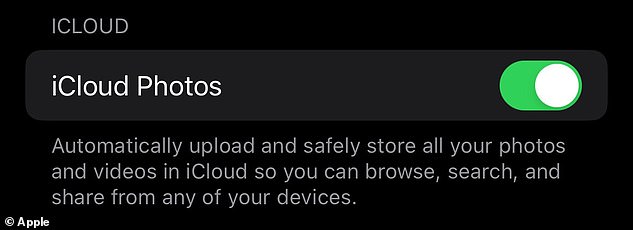
The first step to optimizing your storage is turning on iCloud storage for photos. This will allow your phone to store photos in the cloud.
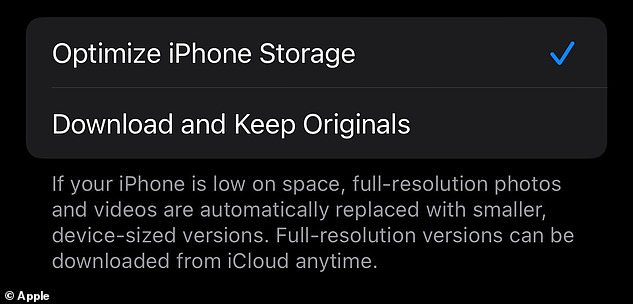
Next, check the option ‘Optimize iPhone Storage.’ This will store high-resolution versions of your photos in iCloud and keep smaller versions on your phone, freeing up storage.
Now you are ready to optimize your storage: Select Optimize iPhone Storage to save space on your device.
Once this setting is turned on, the higher-resolution versions of your photos and videos will be stored in iCloud. It could take some time for all your photos to be backed up to the cloud if you haven’t done this before.
Lower-resolution versions will be stored directly on your device. When you need to access the larger files, they can be downloaded to your phone.
Assuming you have enough iCloud storage, you can use this option to automatically store as many photos and videos as you want.
If you run out of iCloud storage space, it’s simple to buy more: Tap Settings > [your name] > iCloud > Manage Account Storage > Buy More Storage or Change Storage Plan.
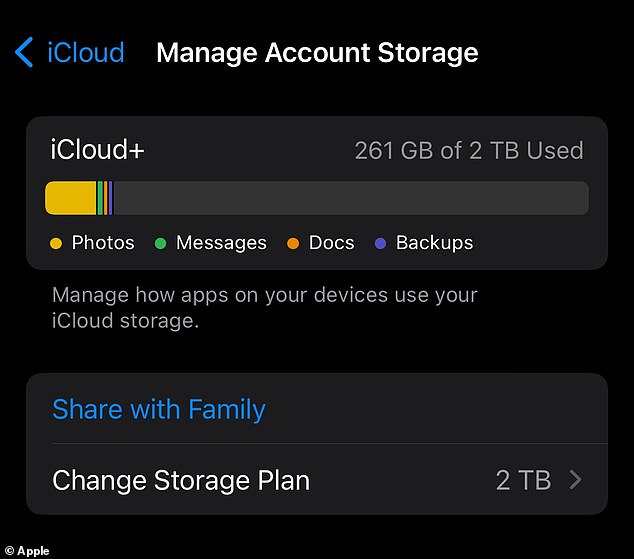
For many people, photos make up the bulk of storage. Buying extra storage is a simple way to avoid having to delete photos.
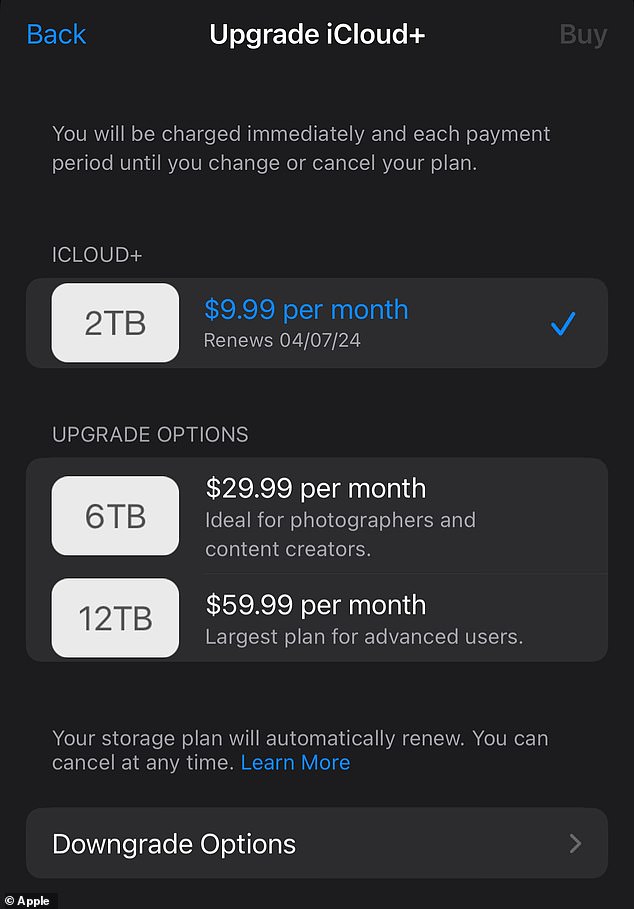
Apple currently charges $9.99 a month for 2 terabytes of storage (2,000 gigabytes). This is enough for the average person who is not shooting photo and video professionally.
When you sign up for iCloud, it automatically gives you 5 gigabytes of storage.
It is technically a large amount, but apps and media can quickly use it up.
This is considered a permanent solution to your storage problem, because even though it can cost money, theoretically you will never run out of iCloud space.
2. Offload your largest unused apps to temporarily free up iPhone space
Most of us have many, many apps on our phone, but we only use a few in a given day.
That means the majority of the apps on your iPhone are sitting unused, taking up valuable space. When you need extra storage for a large download, offloading these idle apps can help give you the space you need.
These include airline apps, your wireless carrier’s billing app, and mobile games like Among Us – apps that most people will not use often.
Usually this is not a problem. The apps are sitting in your phone not hurting anybody.
But when it’s time to download an iOS update, for example, your phone may be tight on space.
Major updates like iOS 16 take around five gigabytes, whereas a minor update like iOS 16.1 can still take around one gigabyte – not a small amount.
Offloading an app means you are keeping your data for an app but removing the actual program from your phone. It’s a middle ground between keeping and deleting it.
To see how much storage your apps are using: Tap Settings > General > iPhone Storage.
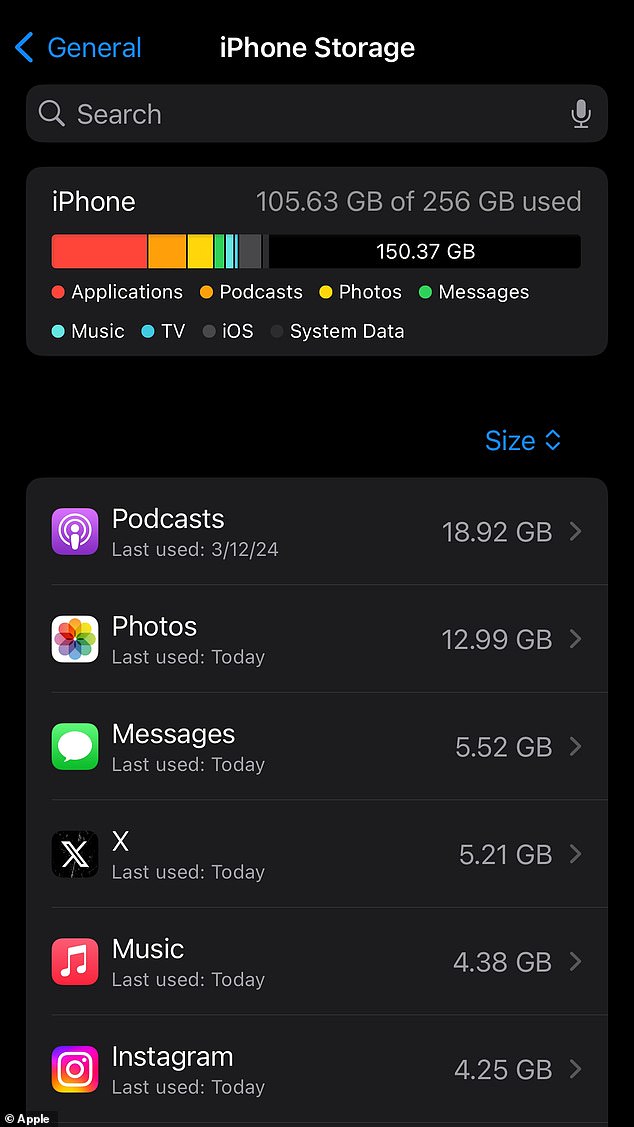
The ‘iPhone Storage’ menu will show you which of your apps uses the most storage. Unsurprisingly, the ones you use the most probably occupy the most storage space.
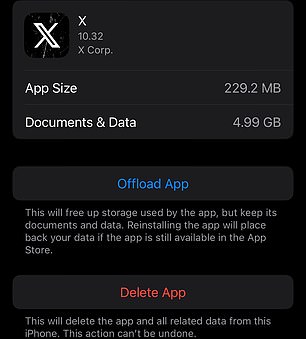
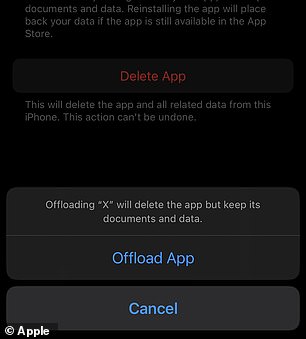
Offloading an app will keep your documents and data associated with it, but remove the app from your phone temporarily. Offloading an app is not permanent. You can re-download the app whenever you want.
This will open a menu that shows which of your apps is the biggest space hog.
Unfortunately your most-used apps will probably also be the ones tying up most of your storage.
But if you scroll down to your less-used apps you will find a gigabyte here and a few hundred megabytes there, until you have offloaded enough apps to afford the new download.
Offloading an app means that all of your data is still saved on your phone. If you want to use the app again, you can just go to this same menu and re-download it.
You won’t even be logged out of it.
If you want to save even more space and lose all the documents and data that let you re-download an app seamlessly, you can simply delete it.
Offloading is a temporary solution, but it can free up loads of storage space.
Used in combination with optimizing your photo storage, it should be enough to keep you from having to spend over $1,000 on a whole new device.









